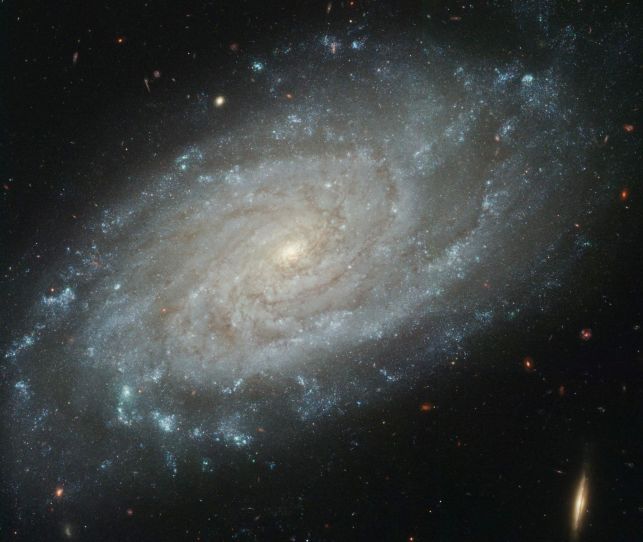Subscribe to receive new posts:
Posts Tagged ‘Slifkin’
Eyes and Evolution: Why Do Some With Eyes See Not?
In the great satirical movie Duck Soup (first released 79 years ago to the date of this post), Mrs. Gloria Teasdale (Margaret Dumont), the financial underwriter of the nation of Freedonia, recruits Rufus T. Firefly (Groucho Marx) to be the insolvent country’s new president. The opposition then retains two spies, Chicolini (Chico Marx) and Pinky (Harpo Marx), to work for them. Toward the end of the film, in a bedroom scene with Teasdale, the spies both dress like Firefly in order to secure the combination to a safe. After she gives the combination to one Firefly (the disguised Pinky), Mrs. Teasdale watches him leave the room, but suddenly another Firefly (the disguised Chicolini) appears. Teasdale confronts Chicolini who denies leaving and blusters “Well, who you gonna believe, me or your own eyes?” He knew that Teasdale had convincing evidence against him. She was, after all, an eye-witness. And yet, she did not understand.
Perhaps more than on any other of our senses, humans rely on sight. Our camera eyes allow massive amounts of information to enter our brain, first through the lens at the exterior of the eye, and then from the inverted image on the retina at the back of the eye by way of the optic nerve. In the plains of Africa, our ancestors stood to gather information about their surroundings. Today we focus on ironically named smartphones, not so much to hear audio transmissions, but to stare at screens with text or other visual data.
So important is sight to us that over two-thirds of the sensory cells in our bodies are the light sensing cells in our eyes. So energy consuming is the human retina that it uses more oxygen per gram than does the brain. (Shubin, Your Inner Fish (Pantheon Books 2008), at 150; Lane, Life Ascending (W. W. Norton 2009) at 175.) read more
Science and Judaism: WWMD? What Would Maimonides Do?

Credit: NASA AS8-14-2383
Rabbi Moshe ben Maimon, Maimonides, also known by the acronym Rambam, lived just over eight hundred years ago (1138-1204 CE). He never saw the planet Earth as astronaut William Anders did on December 24, 1968 when module pilot Anders took the now iconic photograph above while flying over the lunar surface during the first manned orbit of the Moon. We do not know if Maimonides even imagined such a sight.

Credit: NASA/JPL P41508
The picture above shows Earth with the Moon in the background. This scene was captured by the Galileo Orbiter on December 16, 1992 at a distance of almost four million miles from our home planet. Maimonides never had the opportunity to see Earth and Moon from this perspective either.
Credit: NASA, The Hubble Heritage Team and A. Riess (STSci). PRC2003-24.
Living some four hundred years before Nicolaus Copernicus considered the nature of the solar system and Galileo Galilei fashioned his first telescope, Maimonides did not realize that the Earth circled the Sun, and not the other way around as was commonly understood in his day. Nor could he have known that the Sun was but one medium sized star in a rather unremarkable galaxy known as the Milky Way which spans 100,000 light years and is similar in size and shape to the spiral galaxy NGC 3370 shown above in a picture taken by the Hubble Space Telescope. Similarly, he would not have known either that our galaxy consisted of a few hundred billion stars, give or take, or that the Milky Way was but one of perhaps a hundred billion galaxies, give or take, in the visible universe. See Tyson and Goldsmith, Origins (W.W. Norton, 2005), at 27, 150. read more
The Science Challenge
Judaism does not deal well with science. To be sure, there are many Jews who are scientists and many scientists who are Jews. Some Jewish scientists even win Nobel prizes for their work. Indeed, the numbers and percentages of winners are astonishing. See, http://www.jinfo.org/Nobel_Prizes. Still, as a community, and a supposedly smart one at that, Jews do not deal well with science.
read more


